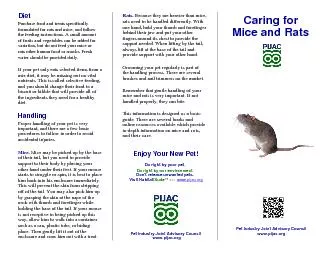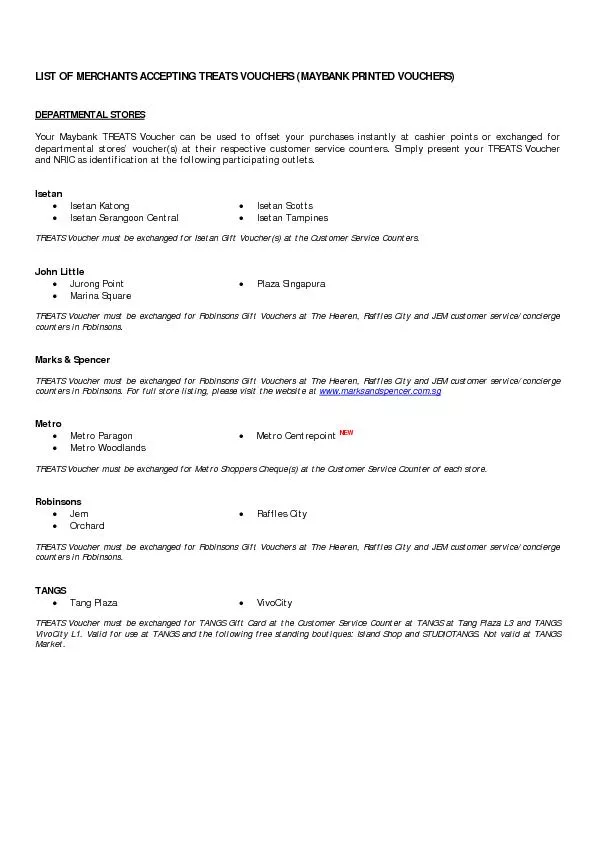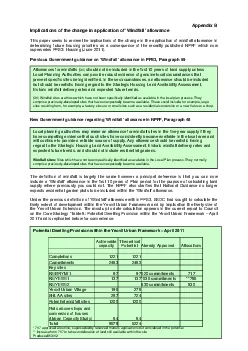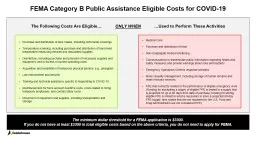PDF-Purchase food and treats specifically
Author : leah | Published Date : 2021-07-04
Diet formulated for rats and mice and follow the feeding instructions A small amount of fruits and vegetables can be added for variation but do not feed your mice
Presentation Embed Code
Download Presentation
Download Presentation The PPT/PDF document "Purchase food and treats specifically" is the property of its rightful owner. Permission is granted to download and print the materials on this website for personal, non-commercial use only, and to display it on your personal computer provided you do not modify the materials and that you retain all copyright notices contained in the materials. By downloading content from our website, you accept the terms of this agreement.
Purchase food and treats specifically: Transcript
Download Rules Of Document
"Purchase food and treats specifically"The content belongs to its owner. You may download and print it for personal use, without modification, and keep all copyright notices. By downloading, you agree to these terms.
Related Documents














